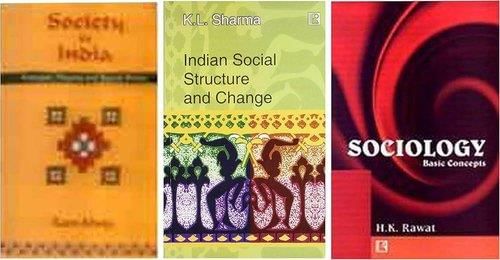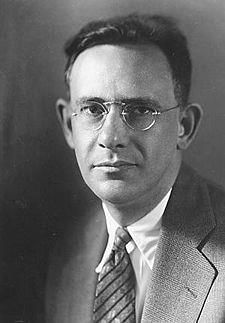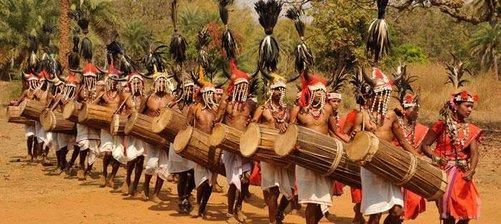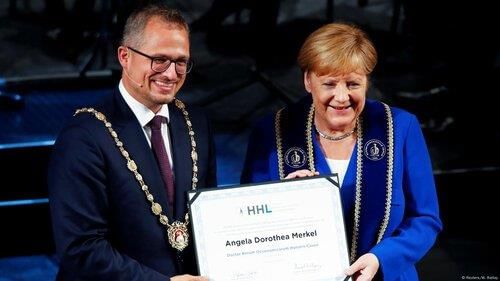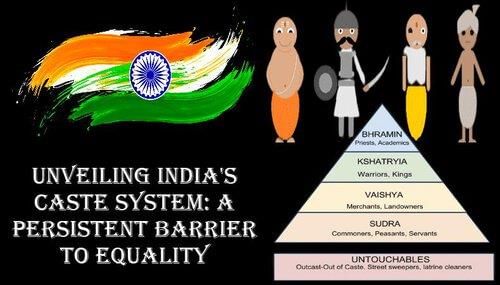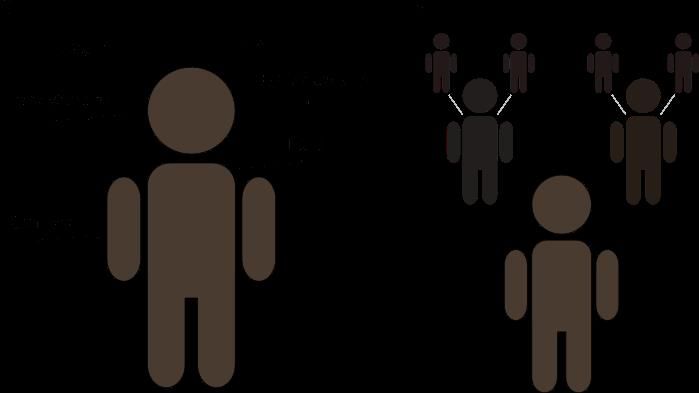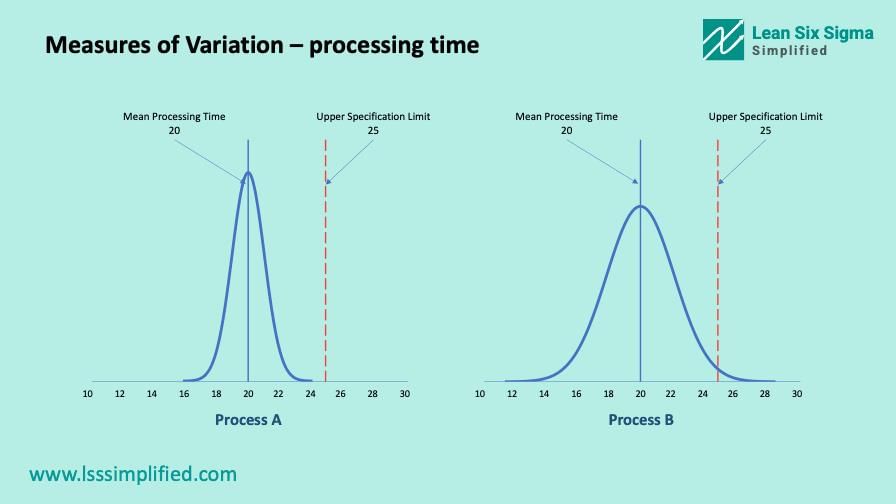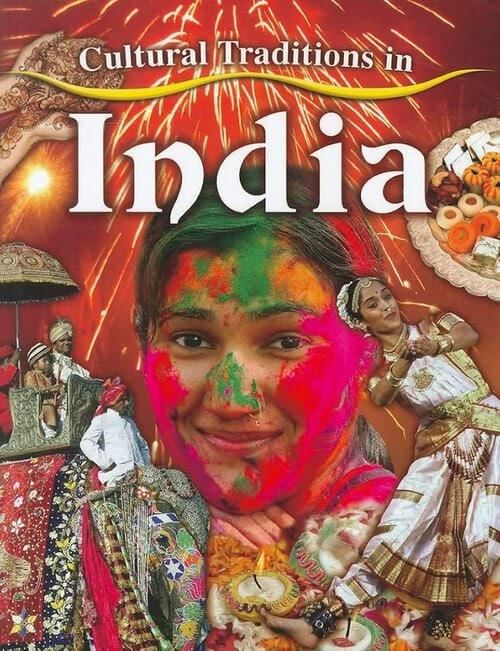|
Card: 1 / 50 |
What are the key differences in the understanding of modernity between Western societies and Indian culture? |
|
Card: 2 / 50 |
Western societies view modernity largely as a progression from traditional to modern forms, while Indian culture's experience of modernity is intertwined with colonial subjugation, resulting in a distinct interpretation that reflects both ancient sophistication and primitive societies. 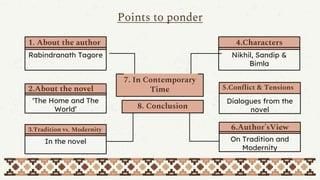 |
|
Card: 3 / 50 |
The relevance of western sociology in India is questioned due to its connection to ___ oppression. |
|
Card: 5 / 50 |
True or False: Social anthropology in India emerged from an interest in primitive tribes alone. |
|
Card: 6 / 50 |
False. Social anthropology in India must consider both primitive and ancient sophisticated civilizations. 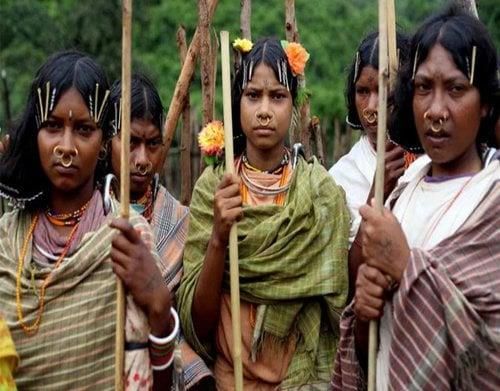 |
|
Card: 8 / 50 |
They had to formulate new questions and answers relevant to the unique social context of India, which included addressing issues arising from colonial history and the coexistence of diverse social structures. 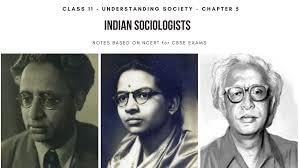 |
|
Card: 9 / 50 |
Fill in the blank: Understanding the Indian social system requires ___ theoretical perspectives. |
|
Card: 11 / 50 |
L.K. Ananthakrishna Iyer is known for being the first self-taught anthropologist to receive recognition in ___ and ___. |
|
Card: 13 / 50 |
What career path did Mr. Sarat Chandra Roy initially pursue before becoming interested in anthropology? |
|
Card: 15 / 50 |
True or False: Mr. Sarat Chandra Roy's work primarily focused on urban sociology. |
|
Card: 17 / 50 |
Fill in the blank: L.K. Ananthakrishna Iyer was awarded an honorary doctorate by a ___ university. |
|
Card: 19 / 50 |
What was the significance of Mr. Sarat Chandra Roy's fieldwork in anthropology? |
|
Card: 20 / 50 |
His fieldwork led to extensive research papers and monographs, earning him recognition among anthropologists. 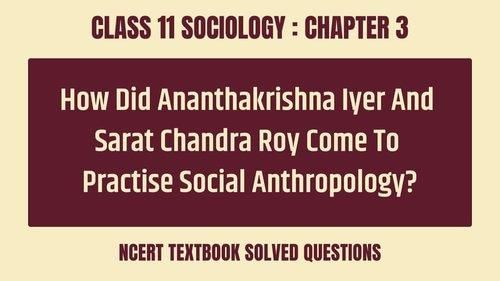 |
|
Card: 22 / 50 |
G. S. Ghurye views the caste system as a hierarchical structure that divides society into segments, imposing limitations on social connections, career options, and marriage opportunities.  |
|
Card: 23 / 50 |
True or False: G. S. Ghurye advocated for the term 'backward Hindus' to describe distinct cultural groups in India. |
|
Card: 24 / 50 |
True. Ghurye supported using the term 'backward Hindus' instead of recognizing Indian tribes as separate cultural entities. 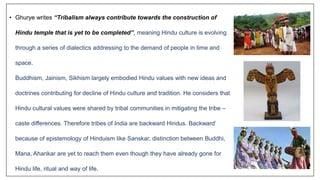 |
|
Card: 25 / 50 |
The caste system restricts one's career options significantly, leading to ___ opportunities for individuals from lower castes. |
|
Card: 27 / 50 |
Fill in the blank: Herbert Risley believed that physical characteristics such as cranial size and nose length could classify humans into distinct ___. |
|
Card: 30 / 50 |
India was considered a unique 'laboratory' for studying the evolution of racial types due to its rigid caste system, which forbade intermarriage between tribes. 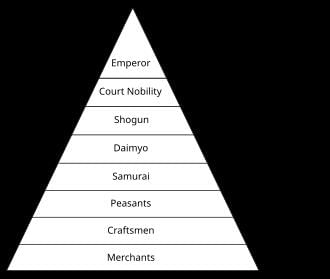 |
|
Card: 31 / 50 |
True or False: According to Risley, higher castes in India were believed to possess primarily Mongoloid racial characteristics. |
|
Card: 32 / 50 |
False. Risley argued that higher castes possessed primarily Indo-Aryan racial characteristics. 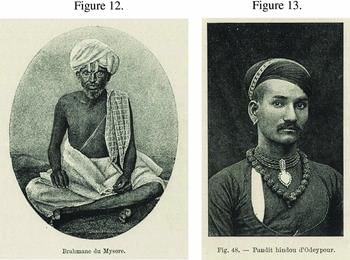 |
|
Card: 33 / 50 |
Ghurye's work is influenced by which of the following: Diffusionism, Orientalist studies, nationalism, or all of the above? |
|
Card: 34 / 50 |
All of the above. Ghurye's work is influenced by Diffusionism, Orientalist studies on Hinduism, and nationalism. 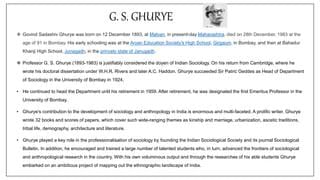 |
|
Card: 36 / 50 |
Risley argued that the lowest castes were the original inhabitants of India, ruled by an Aryan race that migrated to India and established a presence there. 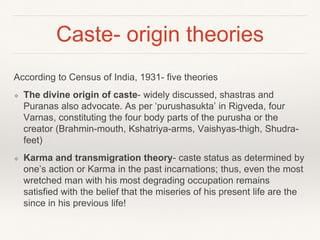 |
|
Card: 37 / 50 |
Ghurye agreed with Risley's assertion but believed it was only partially accurate for which region of India? |
|
Card: 38 / 50 |
Northern India, where the upper castes were largely Aryan and the lower castes non-Aryan. 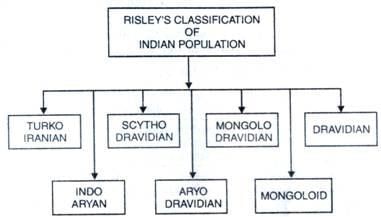 |
|
Card: 39 / 50 |
True or False: Ghurye believed that inter-group variations in anthropometric measurements were significant and organized across all regions of India. |
|
Card: 40 / 50 |
False. Ghurye indicated that in other regions of India, inter-group variations in anthropometric measurements were less significant and less organized. 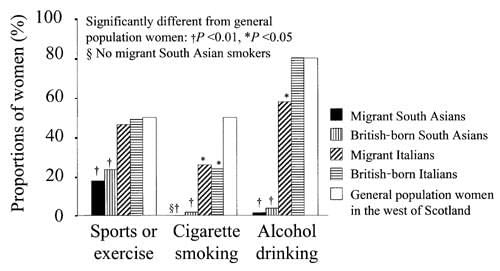 |
|
Card: 41 / 50 |
Ghurye cautioned against relying solely on averages and emphasized the importance of accounting for ___ in measurement distribution. |
|
Card: 43 / 50 |
Fill in the blank: According to Ghurye, the variations in measurements within a community should not be ignored because they can lead to ___ conclusions. |
|
Card: 45 / 50 |
What did Ghurye suggest about the validity of Risley's thesis in relation to different regions of India? |
|
Card: 46 / 50 |
Ghurye suggested that Risley's thesis was only true for northern India and that it did not apply uniformly to other regions where variations were less significant. 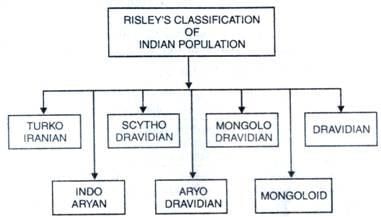 |
|
Card: 47 / 50 |
What is the main difference between Indian society and Western societies according to D.P. Mukherjee? |
|
Card: 48 / 50 |
Indian society is primarily influenced by socio-cultural group patterns, whereas Western societies are more individualistic. 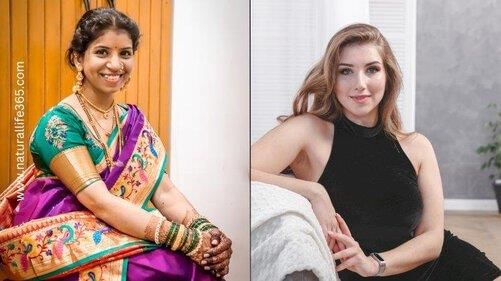 |





